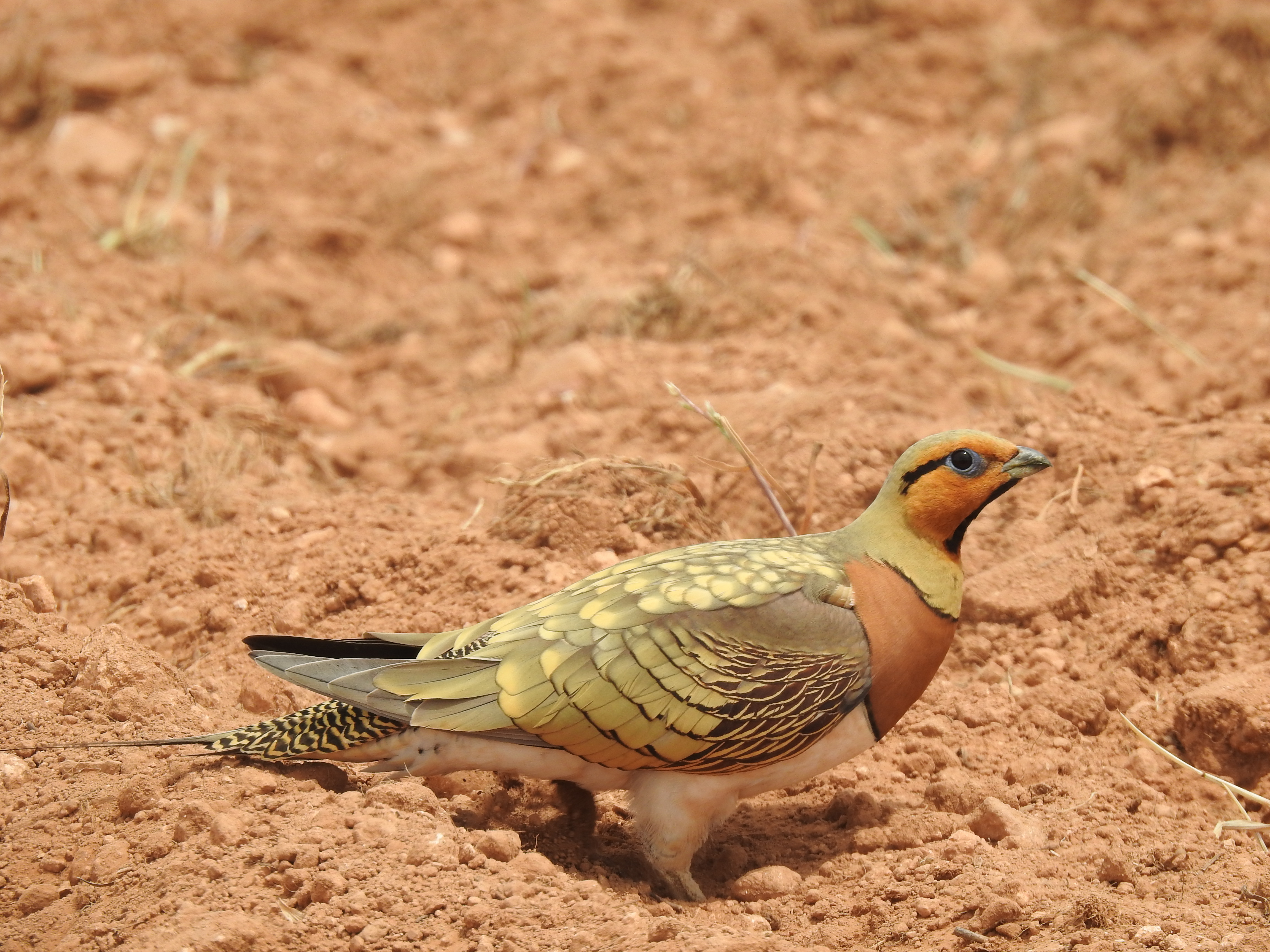In this blog post, we explore the introduction of Biodiversity Net Gain (BNG), a net positive strategy that, as of two days ago, has become mandatory in England.
Setting the scene, an introduction to compensatory measures
All bodies involved in environmental impact assessment processes will be familiar with compensatory measures. Classified in the hierarchy as a ‘last resort’, they act to ensure the availability of habitat or important biodiversity resources lost during a development process. It is the option to resort to in the event that prevention or mitigation of ecosystemic impacts by design modification is not possible, and it aims to preserve connectivity, one of the main goals of the Natura 2000 Network. This involves the creation of new habitat areas or the resources necessary to support the species affected by the project, which may be on land adjacent to or outside of the project in question. The important thing is that the purpose and scope are comparable to those of the affected land, and as far as possible be ready before working in the project area.
Paying debt with interest
Compensatory measures are mandatory for projects approved only for compelling reasons of public interest, and this is the case both in Spain and the European Union (Habitats Directive), and in the United Kingdom (Habitat Regulations 2017). However, in England, that mere compensation will be enough anytime soon. The arrival of Biodiversity Net Gain (BNG) functions as a new last step in the hierarchy. Its goal? It aims to go one step further and leave the habitat in a better state than it was before development, increasing biodiversity by at least 10%.
How will it work?
Since February 12 of this year, BNG is mandatory for all land managers, developers, and local administrations in England. The BNG has its own hierarchy, and there are three ways to comply with the rubric. The preferred option is the creation of habitat on the same land on which work is going to be done, with the creation of habitat on foreign land being second in preference. In both cases the restoration and management area refers to units (biodiversity units). These units are not simply quantified by size, but qualitatively according to their biodiversity value in accordance with the biodiversity metric 4.0 (Biodiversity Metric 4.0). The units can be either public or private, but in the latter case the local planning organization can act as an intermediary. The legal agreement must include a habitat management and monitoring plan (Habitat Management Monitoring Plan) with at least thirty years of validity, and the cost of the unit will include all expenses (among many others) regardless of whether the activity is carried out by the landowners or a third party.
If both options relevant to biodiversity units are ruled out, the person or body in charge of the project will have to purchase statutory credits from the government, which contribute to habitat creation projects. But, be careful/beware, this easy way to comply with the regulations has a cost. To encourage ‘own’ habitat creation and management work, and not compete with private sellers of BNG units, the government has chosen to set very high prices for those who choose this route. These prices have been proposed based on the richness of species and the rarity of the habitat subject to damage or loss, and start at a price of £42,000 for a single tree, a fruit field or urban land among others, and rise go up to £650,000 for more unique habitats, such as lakes like peat and alkaline lakes. Compared to statutory credits, the purchase of units could be accompanied by substantial savings, in some cases tens of thousands of pounds.
Teamwork
The challenge posed by the BNG represents is of gigantic proportions. Enthusiasm levels are already high, and some companies are following the guidelines in advance. But it also involves a lot of legislative and technical training for everyone involved. For technicians working in environmental consulting, the challenge will be even greater, since they will not only conserve ecosystems but also design them. Will it be a smooth transition? Only time will tell, but if it works as intended it will have a positive impact that will last for decades.
This is just a brief introduction to a project that will represent a decisive change, and this entry/post could extend to many more pages. I leave below the sources consulted to write this text, they contain a lot of interesting information about BNG.
Bibliography
Biodiversity Net Gain FAQs – Frequently asked questions. (n.d.-b). Local Government Association. Retrieved September 26, 2023, from https://www.local.gov.uk/pas/topics/environment/biodiversity-net-gain-local-authorities/biodiversity-net-gain-faqs
CIEEM. (2023, September 19). CIEEM Webinar: Biodiversity Net Gain: What next? [Video]. YouTube. Retrieved September 23, 2023, from https://www.youtube.com/watch?v=X36C-ppgDPA
Dorset Council Biodiversity Net Gain Guidance for Applicants and Agents V1.0. (2023, July). Dorset Council. Retrieved September 26, 2023, from https://www.dorsetcouncil.gov.uk/documents/35024/302701/Dorset+Council+Biodiversity+Net+Gain+Guidance+v1.0.pdf/0b7d4de2-f7cb-3eef-3862-e7ffb4c686e3
Documento orientativo sobre el apartado 4 del artículo 6 de la
«Directiva sobre hábitats» 92/43/CEE. MITECO. Retrieved September 26, 2023, from https://www.miteco.gob.es/content/dam/miteco/es/biodiversidad/temas/espacios-protegidos/documento_orientativo_art6_4_tcm30-196714.pdf
Sell biodiversity units as a land manager. (2023, September 19). GOV.UK. Retrieved September 26, 2023, from https://www.gov.uk/guidance/sell-biodiversity-units-as-a-land-manager
Statutory biodiversity credit prices. (2023, August 11). GOV.UK. Retrieved September 26, 2023, from https://www.gov.uk/guidance/statutory-biodiversity-credit-prices
The Biodiversity Metric 4.0 (JP039). (2021, July 7). Natural England – Access to Evidence. https://publications.naturalengland.org.uk/publication/6049804846366720#:~:text=BIODIVERSITY%20METRIC%203.1%20The%20Biodiversity%20Metric%203.1%20is,for%20the%20purposes%20of%20calculating%20biodiversity%20net%20gain.
Understanding biodiversity net gain. (2023, February 23). GOV.UK. Retrieved September 26, 2023, from https://www.gov.uk/guidance/understanding-biodiversity-net-gain
Jessica Stokes, Biodiversity


.avif)


.avif)
.png)



